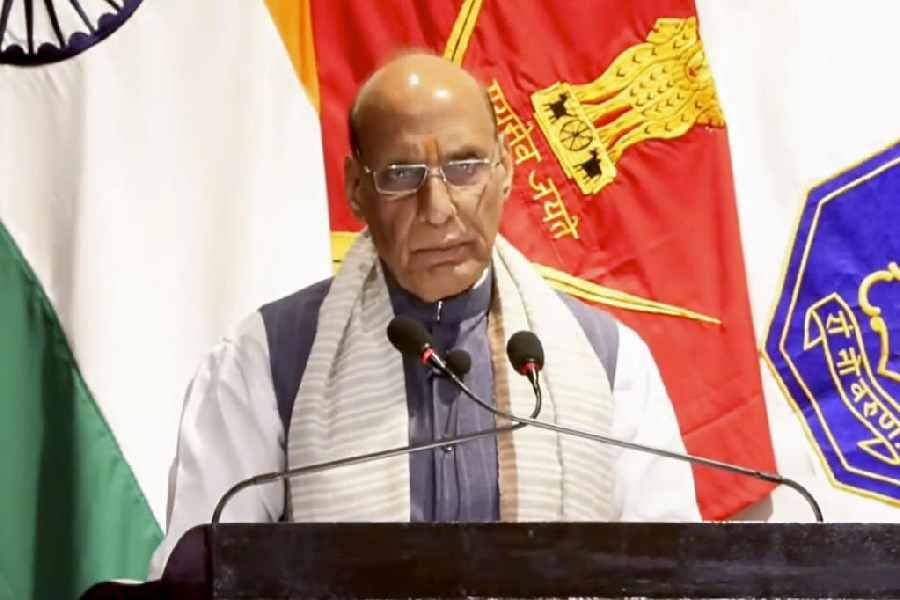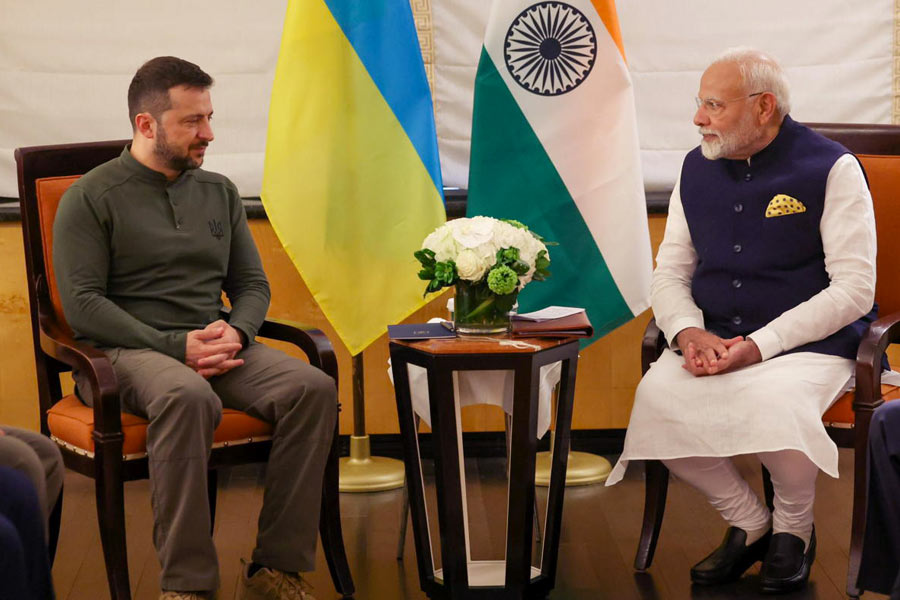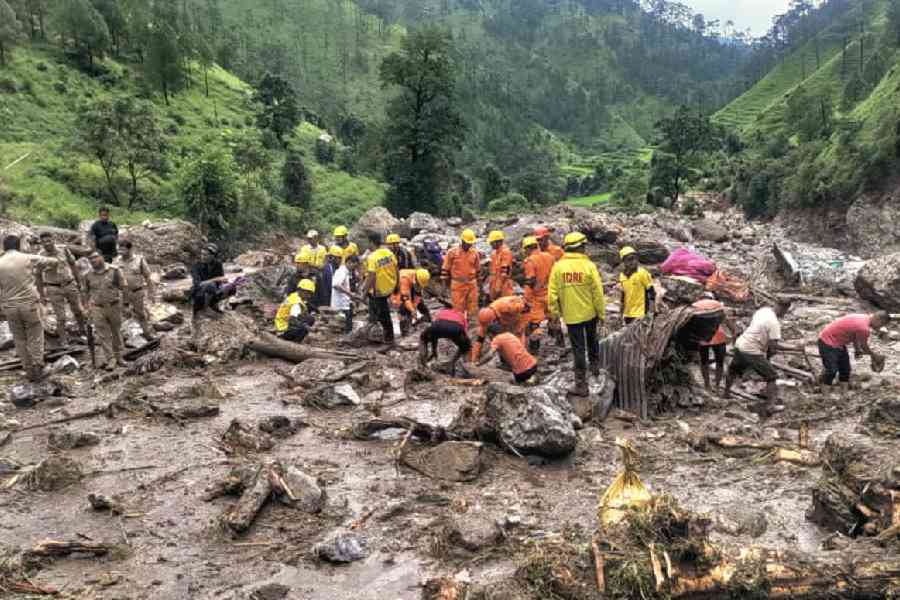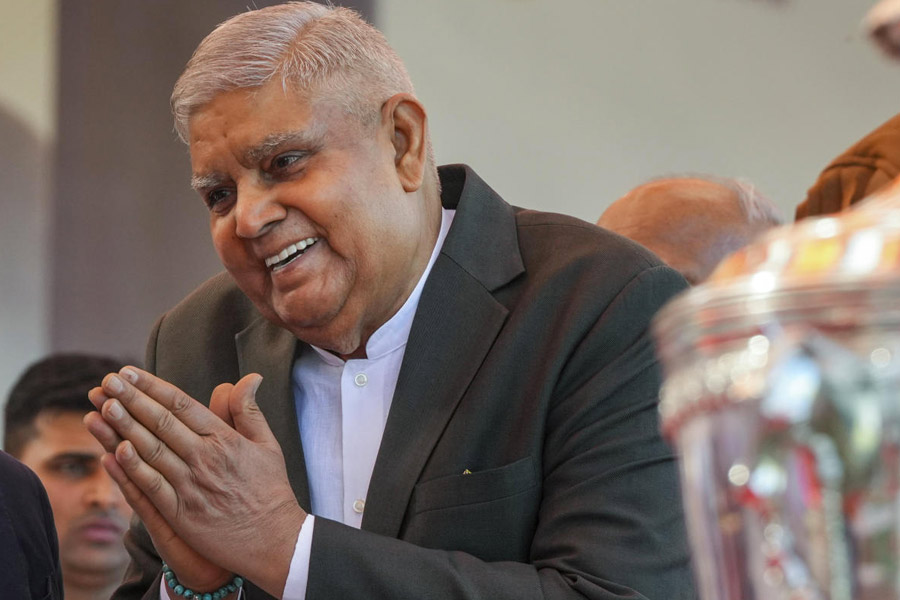 |
Ranchi, Sept. 5: To protest against the Netarhat firing range, villagers of Latehar have become followers of Mahatma Gandhi, though many of them may not have heard of Satyagraha.
A team of the Xavier Institute of Social Service (XISS) conducted a survey in Latehar, which revealed how villagers had taken to non-violence.
“We may not have telephones, computers or other modern electronic gadgets but we have Gandhiji, the villagers told us when he were conducting our study in Netarhat,” said Father Alex Ekka, the director of the XISS research wing.
Only about 30 per cent of them had heard of Satyagraha but almost all had heard of the Mahatma’s non-violent struggle against the British.
Villagers have been staging a non-violent protest against the project since 1993 — the year when the government declared to establish a permanent military base there.
The army has been carrying out routine firing sess- ions in the Netarhat region since 1964. XISS’s survey aimed to understand the nature of the villagers’ protest in these past 15 years.
“We also wanted to know whether the villagers felt they had succeeded in their attempt. They feel it was the Gandhian weapon of non-violence had saved them from possible displacement due to the proposed field firing range,” said Praful Chandra, a member of the study team.
The five-member team, which comprised A. Ahmed, Ajeet Tirkey, Herman Ekka apart from Father Alex Ekka and Chandra, extensively toured nine villages of the Netarhat region and interacted with the villagers.
While four villages were from the Bishunpur block, two were under Chainpur of Gumla district while three villages were under the Mahuadarn block of Latehar district.
The proposed Netarhat firing range project, however, is spread across 245 villages of Latehar and Gumla districts.
The study also concentrated on the awareness about human rights in villages.
“About 70 per cent villagers have not even heard about human rights. But during our interaction, they said, displacement would end their right to live,” Ekka said.










